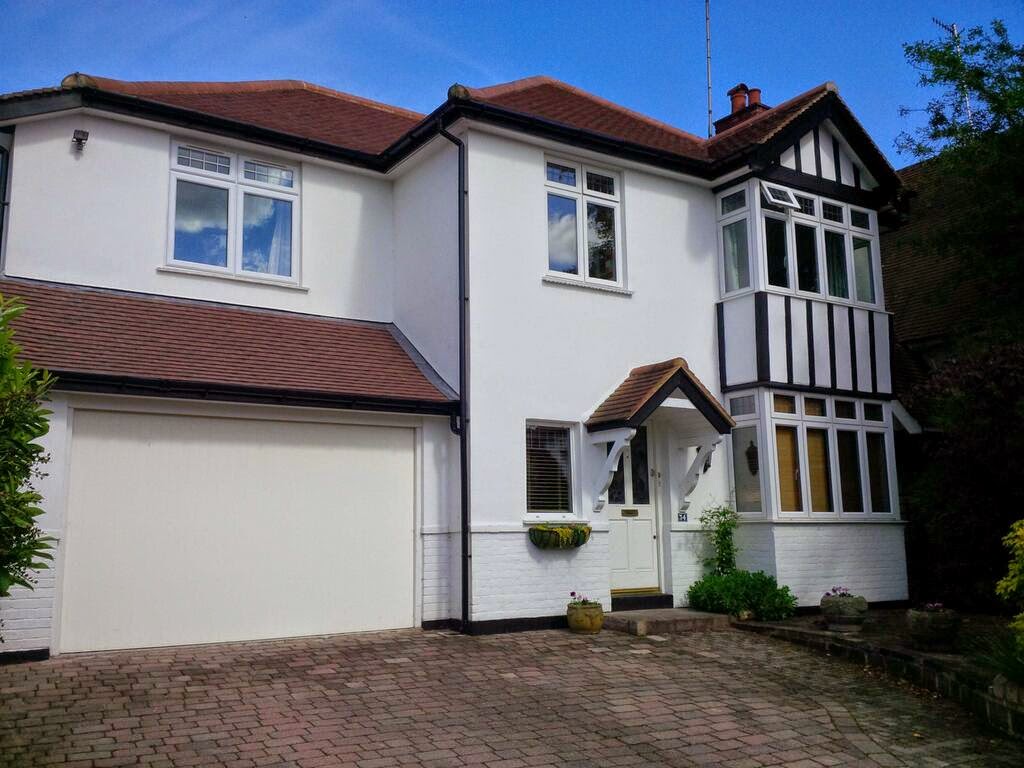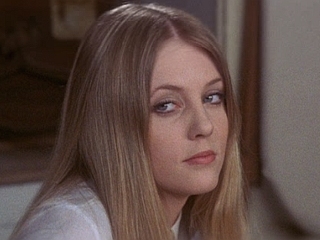The London That Nobody Knew
Here's something I wrote back in 2010, a quasi travel piece revisiting the locations James Mason visits in the 1967 documentary The London Nobody Knows...
Standing outside Somerfield on the Camden High Street shortly before 7am on a chilly Saturday morning might well be as inauspicious a beginning as you'll find to any pilgrimage. I'd stumbled bleary eyed onto an early train for this dubious pleasure and could now confidently attest it was every bit as dismal a facade as it appeared on Google Earth.
 Why choose to make a journey here? The answer lies in The London Nobody Knows, a curious 1967 documentary largely forgotten by all but the most discerning of film aficionados. Loosely adapted from the book of the same name by Geoffrey Fletcher, it followed James Mason meandering around some of the capital's seamier locations. From archaic Camden Town to the bustle of Church Street Market, and culminating in a visit to the site of one of Jack the Ripper's murders in Spitalfields; it was a lamentation for the predominantly Victorian London fast disappearing beneath the tide of modernity. It had been a compulsion of mine for a while to spend a day revisiting the locations and discover how much of it had survived.
Why choose to make a journey here? The answer lies in The London Nobody Knows, a curious 1967 documentary largely forgotten by all but the most discerning of film aficionados. Loosely adapted from the book of the same name by Geoffrey Fletcher, it followed James Mason meandering around some of the capital's seamier locations. From archaic Camden Town to the bustle of Church Street Market, and culminating in a visit to the site of one of Jack the Ripper's murders in Spitalfields; it was a lamentation for the predominantly Victorian London fast disappearing beneath the tide of modernity. It had been a compulsion of mine for a while to spend a day revisiting the locations and discover how much of it had survived.Judging from the opening location the portends were less than promising; in 1967 this had been the site of the Bedford Music Hall. The theatre itself had closed in 1959 and Mason had forlornly surveyed its putrefying interior against a soundtrack of music hall favourite 'The Boy I Love is Up in the Gallery' in the opening scene. It hardly seems surprising the wrecking balls descended just two years later.
Yet the Bedford's fate is not typical of Camden, where vestiges of what Mason describes as "the world of Sickert" are ubiquitous. Ambling along the side streets towards Camden Lock I watch a market trader manfully hauling a hand-drawn cart laden with goods to his pitch, a scene that might have been plucked from a century earlier.? A short distance away on Agar Grove can be found the location of the Camden Town Murder, inspiration for Sickert's most infamous painting. Unsurprisingly there is no marker to commemorate this; the house's shuttered windows plead for anonymity and I swiftly depart.
It's striking how a place will stoically retain its identity regardless of cultural shifts and happily Church Street Market off Edgware Road appears to have done so. A seemingly infinite alignment of fruit and veg, knock-down clothing and bric-a-brac stalls vies for the visitor's attention. These days you're more likely to be served by Indian or Bangladeshi stallholders than 1967 but on a Saturday it's no less a hubbub of barter and commerce, even at nine in the morning when I visit. I'm tempted to loiter and perhaps exchange a few words with one of the old gents sat outside the cafes ruminating, but my itinerary is full and this can only be a passing visit.
Amongst the most memorable episodes in the film was the anecdote of the goldfish that inhabited a gents toilet between Holborn and Proctor Street. The spot was now an anonymous traffic island, ironically one I'd crossed many times in the past without appreciating its significance en route to nearby Conway Hall. Yet not far from there, in Star Yard off Chancery Lane another sanitorial curiosity survives: a cast-iron Victorian lavatory in the tradition of the continental pissoirs. Although locked and decommissioned it's gratifying to find it's hitherto escaped the judicious attention of progress.
Taking a leisurely stroll across the Thames to Bankside, I arrived in more conventional tourist territory and the location of Mason's sole excursion south of the river. Cardinal's Cap Wharf stands next to what is now the Globe Theatre and was, according to the plaque outside, the house Christopher Wren inhabited during the construction of St Paul's Cathedral, of which it offers an excellent view. But historians now suspect Wren never actually stayed there and the legend had probably helped to preserve it. Given my pursuit of places deemed unworthy it was difficult not to feel resentful this dull little building had apparently endured through a fallacy.
It was past midday by the time I headed back north towards Islington. Intermittent downpours had left me cursing my lack of foresight in not wearing a waterproof coat but there was the incentive of lunch at Manzies Pie and Mash shop on Chapel Market. It may no longer boast live eels on display as seen in the film, but business remained brisk. The ambience was friendly and unpretentious; much like the food which has remained much the same since Victorian times. As I tucked in and listened to some of the banter from other patrons it was clear most were regulars.
The break had done little to alleviate my weary legs after seven hours of walking as I made my way east to Commercial Road and the site of the former Grand Palais Yiddish Theatre. It was a perfunctory gesture as the theatre had long since gone the way of its Camden counterpart and now housed the clothing wholesalers Flick Fashions. At least here there was the consolation the building had remained intact.
Indeed, whilst the film admonished the advance of the "enormous office blocks" that threatened to engulf Spitalfields it's notable how many of these narrow streets still cling to their archaic quality, in peculiar juxtaposition to the glass and steel monuments to modernity a short distance away. The gloomy yard Mason visited in Hanbury Street - where Ripper victim Annie Chapman's body was found - has gone, but the flaking paintwork of the notorious Ten Bells pub suggests a reluctance to succumb to gentrification. It was only mid-afternoon as I strolled along Artillery Lane but upon hearing some lads approaching behind me I couldn't help but feel a certain foreboding and decided it was time to bring this pilgrimage to a close.
Forty-three years ago at the height of Swinging London and the optimistic embrace of all things new it's unsurprising there was a fear for what might be lost. Sentimentality isn't exactly conducive to the requirements of a modern city and inevitably some places or aspects of our heritage are sacrificed at the altar of pragmatism. Yet few places can claim such a wealth of history as London and, as I'd found, sometimes the remnants of things past may persist long after their expected demise.




Comments
Post a Comment